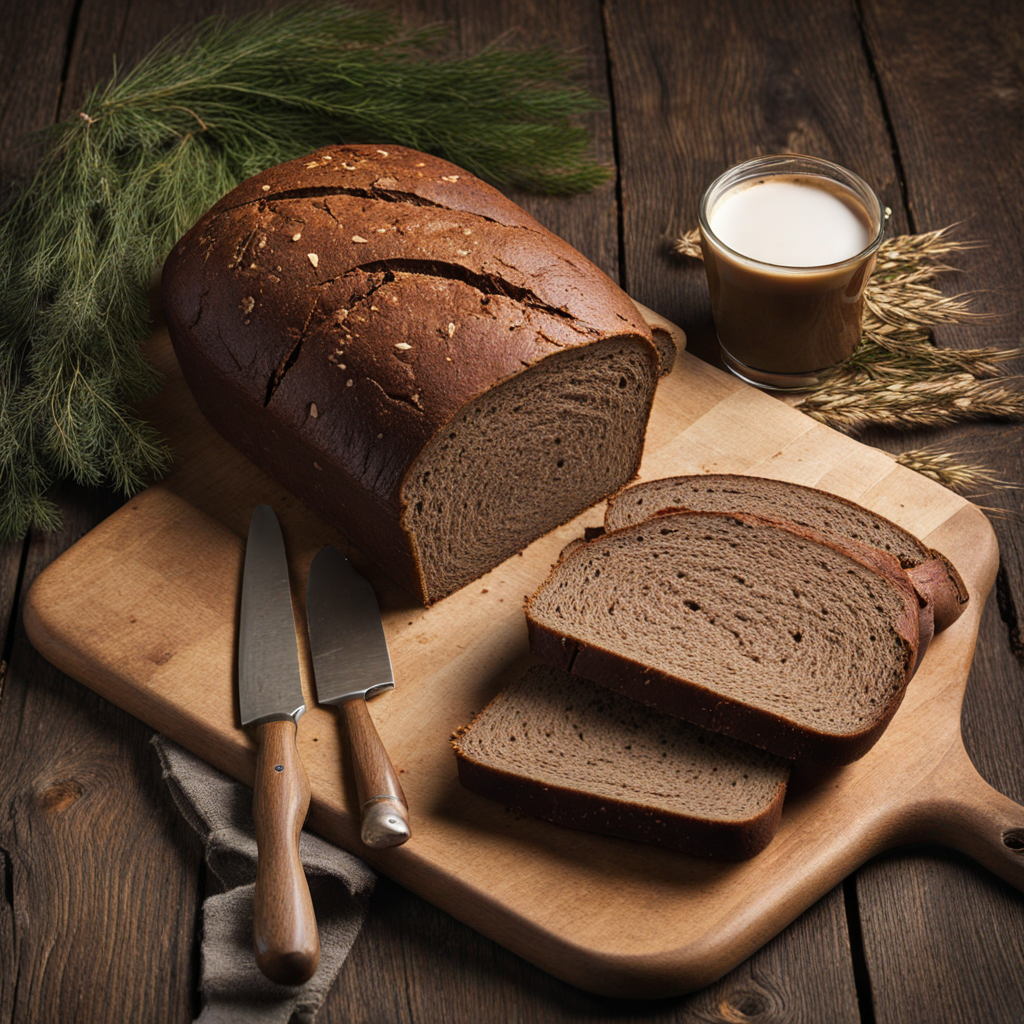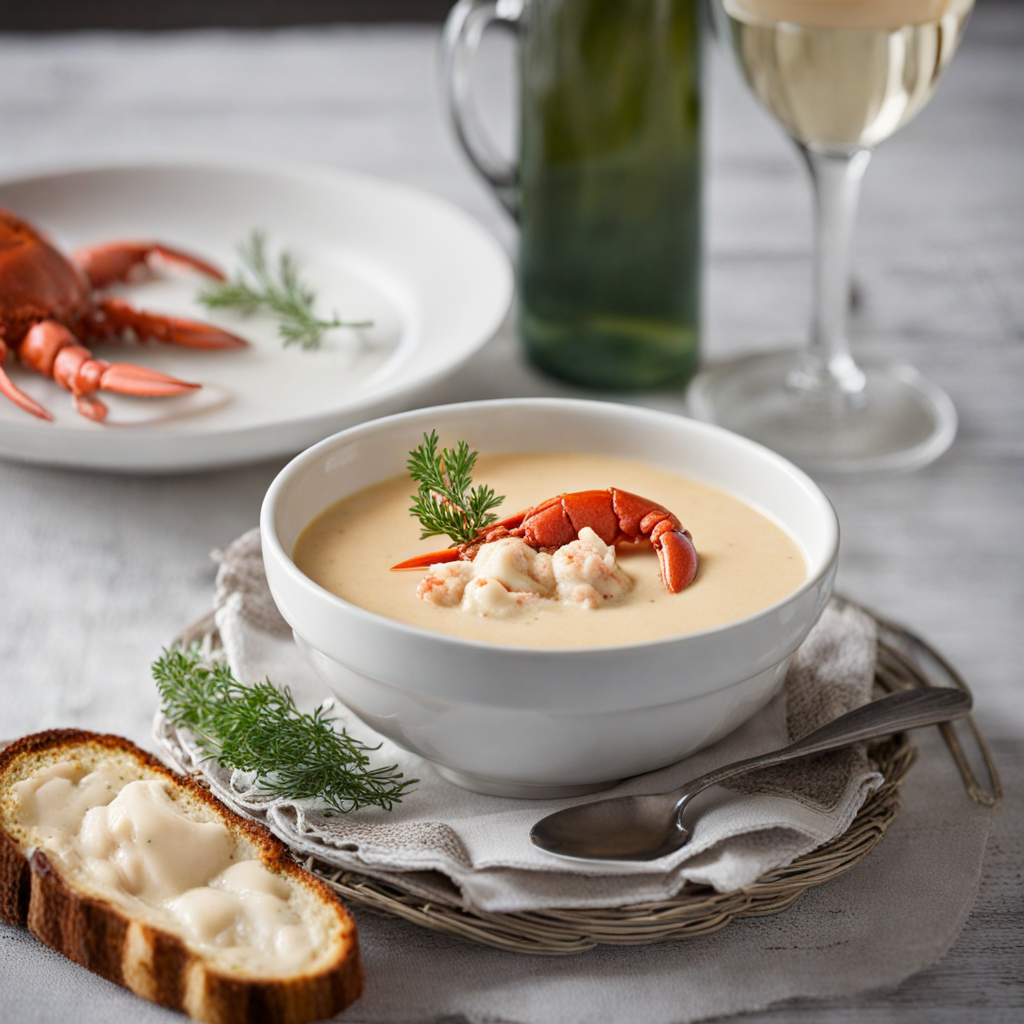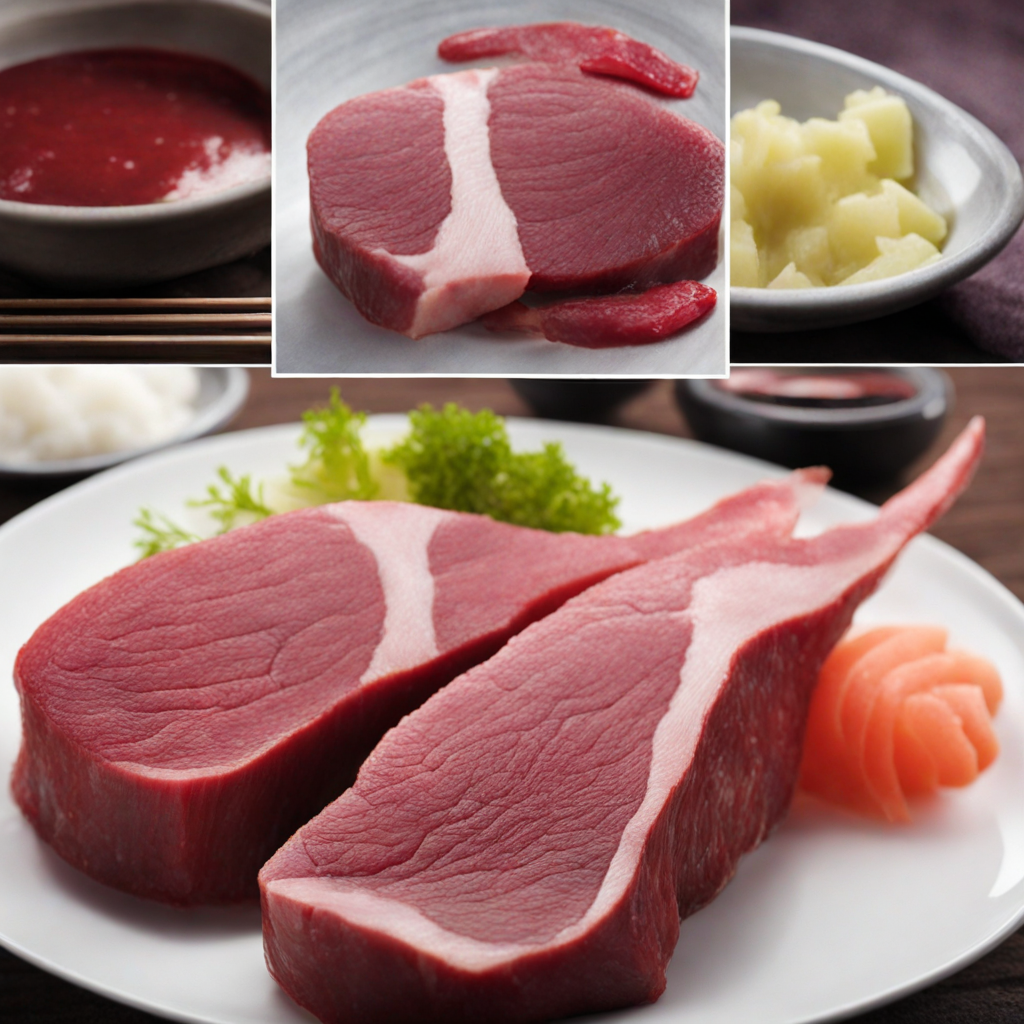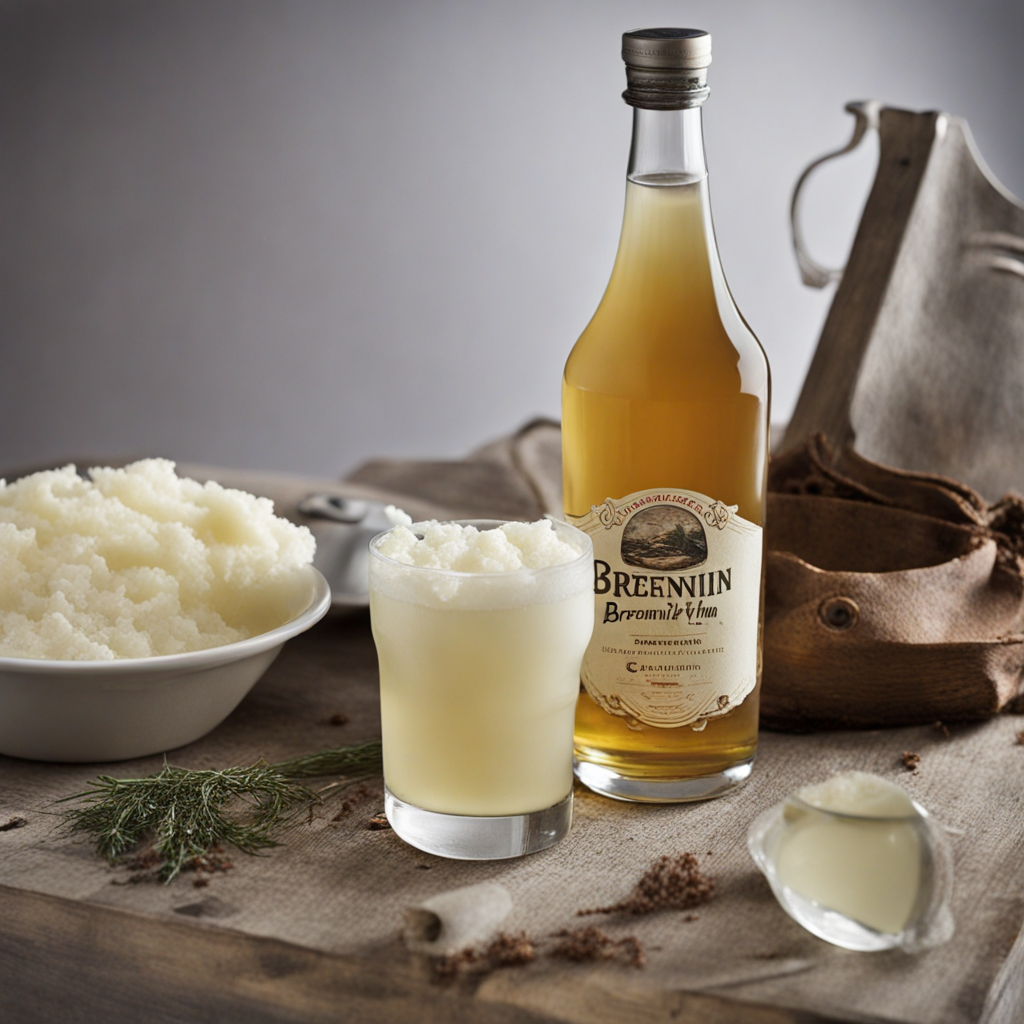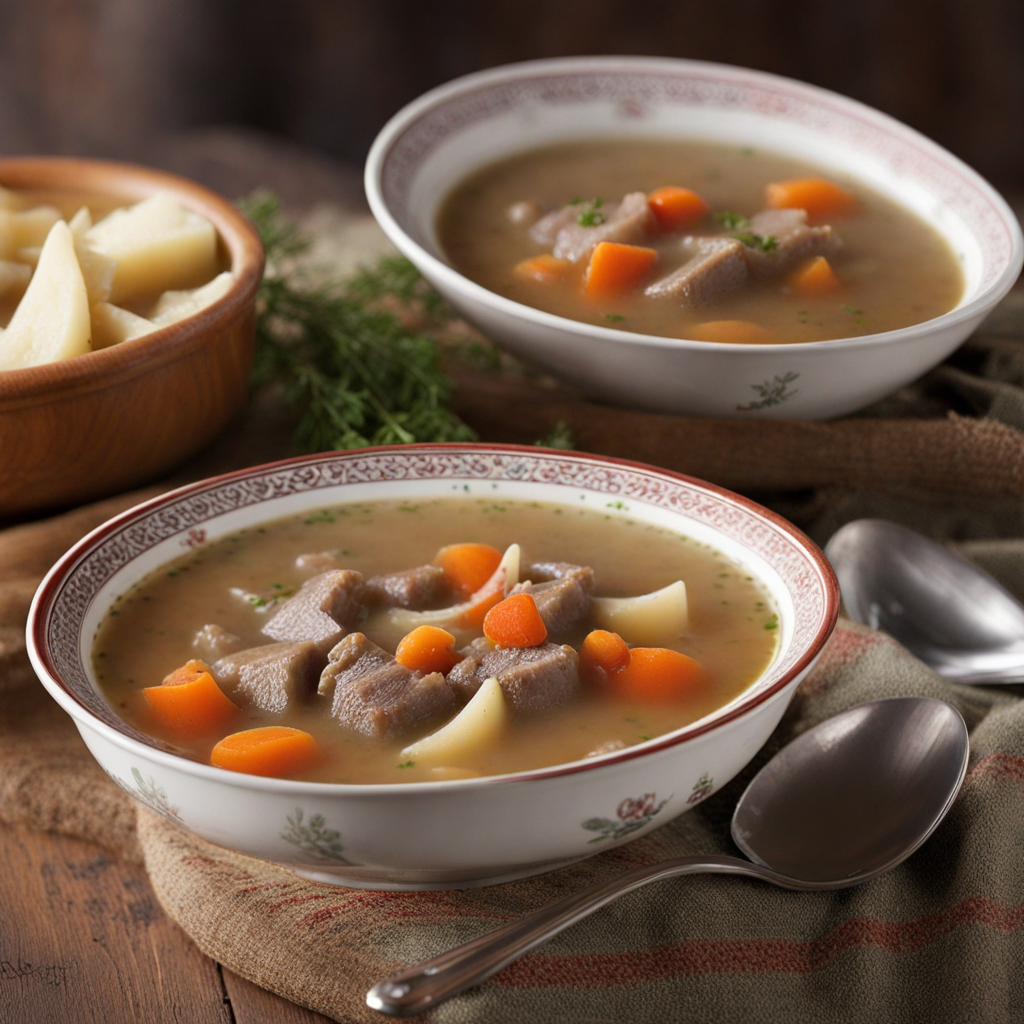Rúgbrauð
Rúgbrauð, often referred to as Icelandic rye bread, is a traditional dark bread with a rich history that dates back to the Viking Age. This unique bread is characterized by its dense texture and slightly sweet, earthy flavor, which is a result of its primary ingredient: rye flour. The origins of rúgbrauð can be traced back to the necessity of using locally available ingredients in a harsh climate where wheat was scarce. The bread was traditionally baked in a manner suited to Iceland's geothermal energy, with many households utilizing hot springs to cook their loaves slowly, resulting in a distinctive moist crumb. The preparation of rúgbrauð is a fascinating blend of ancient techniques and modern methods. Traditionally, the bread was baked in a wooden or metal pot and buried in the ground near a hot spring, allowing the natural geothermal heat to cook it over a period of 24 to 36 hours. This slow-cooking method gave the bread its characteristic dark color and dense texture, while also ensuring that it was infused with the subtle flavors of the earth. In contemporary times, many Icelanders opt for baking rúgbrauð in conventional ovens, often using a steam bath to replicate the moist environment crucial for achieving the perfect loaf. Key ingredients in rúgbrauð include rye flour, water, salt, and a leavening agent, typically baking soda or sourdough starter. The high rye content not only makes the bread nutritious—rich in fiber and minerals—but also contributes to its
How It Became This Dish
Rúgbrauð, often referred to as "Icelandic rye bread," is a traditional dark bread that has deep roots in Icelandic culture and cuisine. Its name literally translates to "rye bread," and it is primarily made from rye flour, which is well-suited to the harsh climatic conditions of Iceland. The use of rye flour rather than wheat flour can be traced back to the limitations posed by Iceland’s volcanic soil and short growing season, which made wheat cultivation difficult. The origins of rúgbrauð date back to the settlement of Iceland in the late 9th century. Early settlers brought their bread-making traditions with them, adapting recipes to fit the ingredients available in their new environment. Rye was one of the few grains that could thrive in Iceland's challenging climate. The bread was traditionally baked in a very particular way: either in a pot buried in the ground or in a wooden form, utilizing geothermal heat from hot springs, which is abundant in the volcanic landscape. This method of cooking not only added a unique flavor to the bread but also made it a practical choice for the settlers, who relied on natural resources for cooking. Cultural Significance is a crucial aspect of rúgbrauð. It represents more than just sustenance; it is intertwined with Icelandic identity and heritage. Traditionally, rúgbrauð was served with a variety of local dishes, especially during festive occasions and family gatherings. Its dense texture and slightly sweet flavor complement the rich, hearty foods of Iceland, such as fermented shark (hákarl) and cured lamb (hangikjöt). Rúgbrauð also has a symbolic role in Icelandic folklore, often featured in tales and traditions, highlighting its importance in the daily lives of the Icelandic people. Over the centuries, rúgbrauð has evolved while still maintaining its traditional essence. In the 20th century, as technology and food production methods advanced, the preparation of rúgbrauð began to shift. The introduction of commercial baking and the availability of pre-packaged rye bread transformed its production, making it more accessible to the general population. While many Icelanders still adhere to the time-honored methods of making rúgbrauð, the modern versions often come in convenient forms that can be found in supermarkets across the country. Regional Variations of rúgbrauð can be observed, reflecting the diverse culinary influences throughout Iceland. In some areas, the bread is made with added ingredients such as molasses or malt, which enhance its sweetness and flavor profile. There are also variations in texture, with some bakers opting for a coarser crumb, while others prefer a smoother consistency. These regional differences showcase the creativity of Icelandic bakers and their willingness to adapt traditional recipes to contemporary tastes. The traditional preparation of rúgbrauð remains an art form for many Icelanders, often passed down through generations. Some families have their unique recipes that they cherish, incorporating specific techniques or secret ingredients that have been lovingly preserved. Community events and gatherings often feature homemade rúgbrauð, allowing families to connect through their shared culinary heritage. In recent years, rúgbrauð has gained attention beyond Iceland's borders, as food enthusiasts and travelers seek to experience authentic Icelandic cuisine. It has become a popular item on menus in restaurants that focus on traditional Icelandic fare, often served alongside dishes that highlight local seafood and meats. The resurgence of interest in artisanal and traditional foods has also led to a revival of traditional baking techniques, with many Icelanders returning to the roots of their culinary traditions. Health Considerations play a role in the continued popularity of rúgbrauð. Rye bread is often touted for its health benefits, being high in fiber and low in fat. Its dense composition means that a small amount can be quite filling, making it an ideal accompaniment to a balanced diet. The nutritional profile of rúgbrauð aligns well with modern dietary trends that emphasize whole grains and natural ingredients, further solidifying its place in contemporary Icelandic cuisine. Rúgbrauð is not just a food item; it is a representation of Iceland's resilient spirit and rich cultural history. The bread has weathered the test of time, adapting to changes in society while retaining its fundamental characteristics. It serves as a reminder of the ingenuity of the Icelandic people, who have thrived in a challenging environment through resourcefulness and a deep connection to their land and traditions. As Iceland continues to evolve, so does the perception and preparation of rúgbrauð. Culinary tourism has become a significant part of Iceland’s economy, with visitors eager to experience the authentic flavors of the island. Baking classes that focus on traditional methods of making rúgbrauð are increasingly popular, allowing people to engage hands-on with Icelandic culture. This revival of interest not only preserves the traditional aspects of rúgbrauð but also fosters a sense of community among those who partake in its creation. In conclusion, rúgbrauð is a testament to the enduring nature of Icelandic food traditions. Its history reflects the adaptation and resilience of a people who have thrived in one of the harshest climates on earth. As both a staple of the Icelandic diet and a symbol of cultural heritage, rúgbrauð continues to connect generations, reminding every Icelander of their roots and the stories that this humble bread can tell.
You may like
Discover local flavors from Iceland



